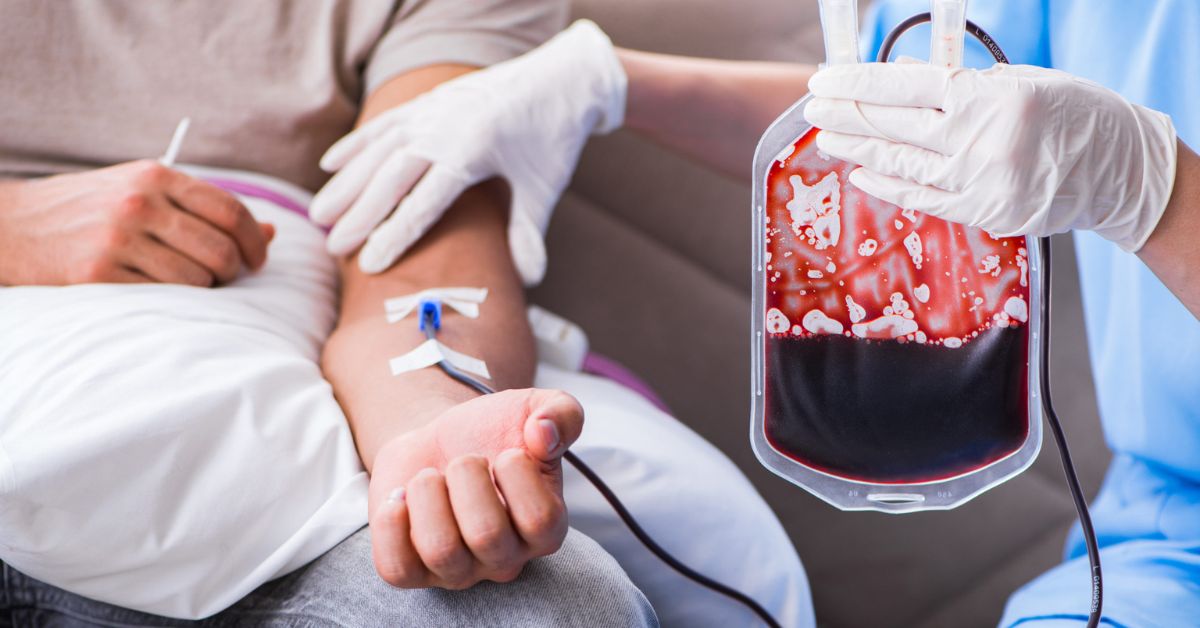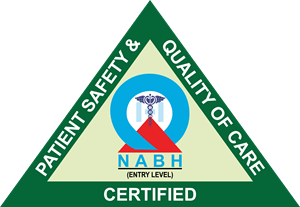What Are Blood Component Transfusions?
Transfusions of blood components, also known as blood transfusions, can benefit a patient’s health. They might even help a patient survive. The number of individuals who suffer severe illness or pass away due to a blood component deficiency is high compared to the advantages that blood components can offer. With your doctor, go over the precise necessity or purpose for the blood component you or your child is about to get.

Where Do Blood Components Come From?
Blood parts are acquired from blood from volunteer blood benefactors. Blood gift programs permit blood to be given by:
- A patient for themselves
- Anonymous donors
- In some cases, by someone specified by the patient
The usage of a blood component may have unfavorable effects. The majority of these responses are uncommon and are typically manageable. If an adverse reaction happens, alternative solutions to the issue may be used.
They may include:
- Allergic reactions
- Anaphylactic reaction
- Development of red blood cell or platelet antibodies which shorten the lifespan of these cells in the bloodstream
- Transfusion-related damage to the lung tissue (TRALI)
- Delayed destruction of red blood cells
- Graft versus host disease
- (GVHD)
Symptoms to watch for include:
- Fever over 100.6°F (38°C) taken by mouth, pulse changes
- Chills, migraine, complaints, up, diarrheas, or back torment
- Dull-hued pee, hives, tingling, wheezing or windedness, or issues relaxing
- Expanding of feet or lower legs or a hack that was not there before the bonding
- Postponed responses. In uncommon cases, a delayed response can happen three to 10 days after sticking red platelets. Call your kid’s PCP if your youngster gets a fever or becomes pale or embittered (yellow variety in skin and whites of eyes) three to 10 days after a blood bonding


